Ol Pejeta Conservancy is one of Kenya’s most unknown destinations. Located near the town of Nanyuki, at the foot of Mount Kenya, it is the only place, apart from the Masai Mara, where you can see the Big Five. In addition, they perform a very interesting task of wildlife conservation.
Visit Ol Pejeta means learning more about animals, supporting conservation and community initiatives, and discovering one of the places where different endangered animal species are being protected.
With an area of 36,400 hectares, it is one of the most important black rhino sanctuaries in East Africa, and where the last two northern white rhinos are protected. Therefore, your visit is very interesting if you are close to the area.
How to get there?
The reserve is located between Mount Kenya and Aberdare N.P., about 20 kilometers from the city of Nanyuki. To get there, you will have to deviate from the main road that goes from Nanyuki to Nyeri, in the opposite direction to Mount Kenya. The main entrance gate, called Rongai Gate, is on Nanyuki-Marura Road. However, during the tour you will find different directions that will take you to the gate of Ol Pejeta Conservancy.
To move inside the Reserve, you can travel with your own car by paying a previous fee. You must think that the roads are in very good condition, being able to visit the Rserve without having to use the 4×4.
In addition, at the entrance they will give you a map with all the well-marked paths and you will find indications of the different points of interest that you can find in the Reserve.
Permits and prices
The Ol Pejeta Conservancy is a private reserve. Therefore, prices are managed directly by them. The ticket price is 70 USD per person per day. In addition, you have to pay 6 USD separately to enter with your own vehicle.
The Reserve also offers some extra activities apart from the safari that you can do with your own car. These activities must be paid for separately, although some are free, such as a visit to the chimpanzees, the blind rhino Baraka and the Morani Information Center.
In this link, you can see the prices of the different activities that are very diverse, like knowing the last individuals of white rhinos of the North, to track the lions of the Reserve or to visit the different communities from shepherds around them.
What to do in Ol Pejeta?
In Ol Pejeta you can do many different activities. Some of them are free, while others come at a cost. We will highlight five, but if you want to see the different activities they have you can click here.
– Do a safari for yourself through the different areas of the Reserve
Consider that Ol Pejeta includes a very large territory with animals that move freely. You will be able to see herbivores like zebras, buffalo, giraffes, elands and impalas; herds of elephants; black and white rhinos and some predators such as lion, cheetah and leopard.
We saw rhinos in the Zebra Plain, herds of elephants next to the Airstrip where we enjoyed large groups of herbivores and giraffes along the Ngobit River. Around Kongoni Donga and Murera Donga is a good area to see lions, although we were not lucky these day.
– Visit the sanctuary of chimpanzees
In 1993, together with the Jane Godall Institute and the KWS (Kenyan Wildlife Service), the Reserve founded this sanctuary to protect orphaned chimpanzees and to accommodate those found caged for different causes. Today you can see about forty chimpanzees from different parts of the world. The cost of this visit is free, it is included in the ticket price. For the Covid, they can currently be visited but keeping a safe safety distance so as not to infect them.
– Visit Baraka, a blind black rhino
Baraka is one of the first rhinos to be born in Ol Pejeta. After losing one eye to an infection, he had cataracts in the other eye causing absolute vision loss.
Today, this blind rhino is the ambassador of other individuals of its species. In the Reserve, right next to Morani’s restaurant, there is a platform where visitors can approach it and even feed it. The visit to this rhino is free, so it is a very good option to see this animal up close.
– Read and learn more about animals in Morani Information Center
Located next to Morani’s Restaurant, you find a very interesting information center. There you will find very curious details about the wildlife of Ol Pejeta, its anatomy, its behavior, its habitat and its history.
Free of charge, it is a must stop to learn more about the animals and understand the great conservation work that this reserve is currently doing.
– See the last two individuals of northern white rhinos and enjoy the other rhinos on the Reserve
The rhino is the second largest mammal after the elephant. They have an underdeveloped sense of sight, but use their sense of smell and hearing more intensely. They are very fast, more than they seem with their constitution, as they can run at speeds of 60 km/h. Its horns are made of keratin, a very valuable element in many countries for its medicinal and spiritual effects. Many of them are poached, making it a seriously endangered animal.
There are two types of rhinos: white and black, although both have the same color as gray. If you want to differentiate them, you will have to notice that white rhinos are heavier than black ones because they have a bigger head and a lot more muscles in their neck. They have a wide and square jaw to eat grass. In contrast, black rhinos have a sharper jaw for eating shrubs and leaves. The latter are more solitary and aggressive animals than white rhinos, which stand out for their social and calm behavior.
Ol Pejeta had 20 black rhinos in 1993, but currently has a population of 115 individuals making the reserve the largest black rhino sanctuary in East Africa. In addition, in 2006, they decided to introduce southern white rhinos that have been breeding to 30 specimens. You can see them doing their own safari through Ol Pejeta.
But what Ol Pejeta is really known for is to be the home of the last two northern white rhinos in the world. Their names are Fatu and Najin and they arrived at the Reserve in 2009 from a zoo in the Czech Republic. They are currently under constant protection and the research team is working to increase the population of this rhino species. You can visit them with some of the activities of the reservation that have a special cost. We saw them from outside their enclosure while observing these unique individuals in the world. Hopefully they will not disappear from the world.
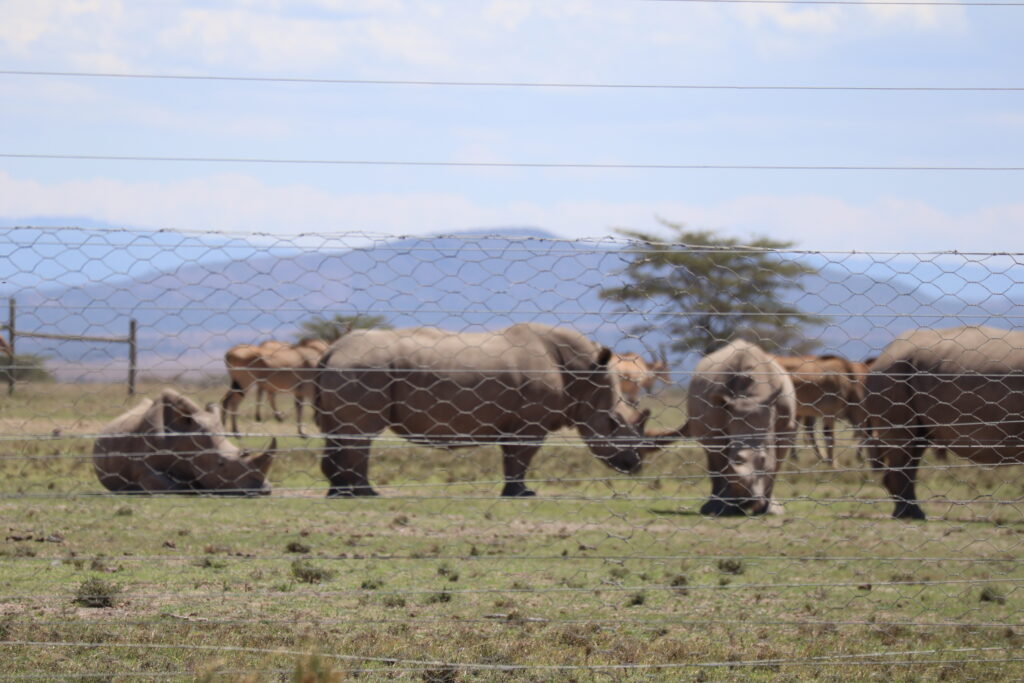
Where to sleep?
Within the Reserve, we find five camping options that are located in different areas of the area. These cost 2.600 KSH per person per night and you can be in direct contact with nature and wildlife. We, however, decided to sleep outside the Reserve as we considered it out of our budget.
Outside Ol Pejeta, you will find different accommodation options and the main services in the city of Nanyuki. Among these, we propose:
– Bantu Lodge: One of the best options for sleeping outside the city and in a natural and quiet space. It has rooms and a restaurant with very good value for money. It also offers camping options and various activities such as climbing Mount Kenya. We had a great time, so we recommend you book with them on the following phone: +254721990385.
– ANN’S studio: Located very close to the city center, this studio has private parking and also enjoys a small kitchen, TV, wifi … Prices around 20 USD per night.
Visit the Ol Pejeta Conservancy is an activity we recommend for a full day. There, you can learn a lot about wildlife, discover the fantastic conservation work done by the entire reserve team, see different species of rhinos and enjoy with a wonderful surroundings overlooking Mount Kenya.







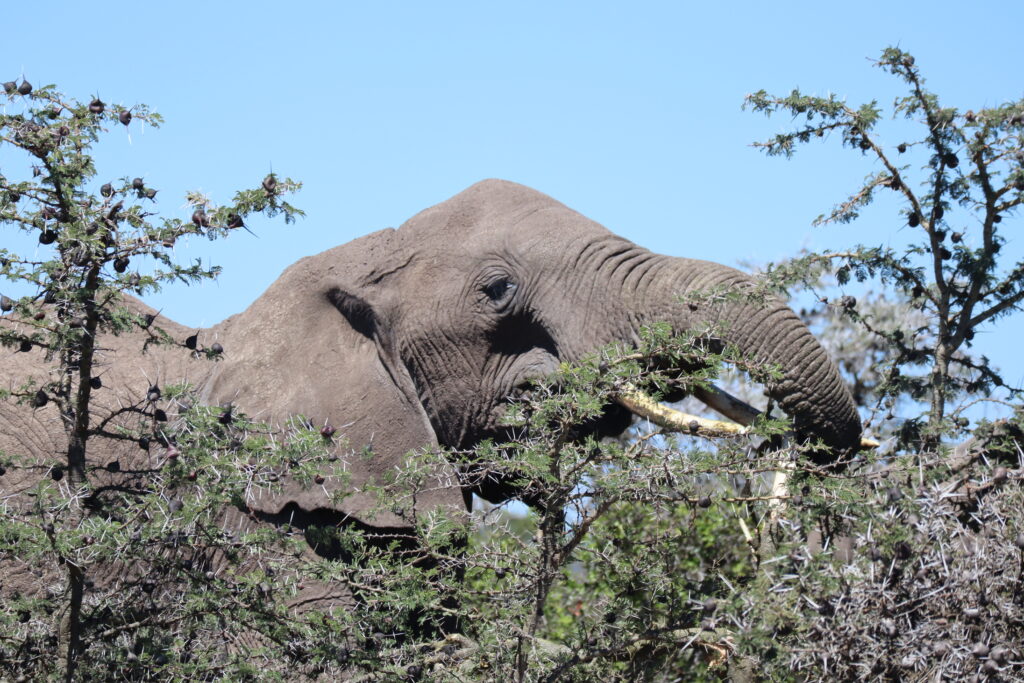

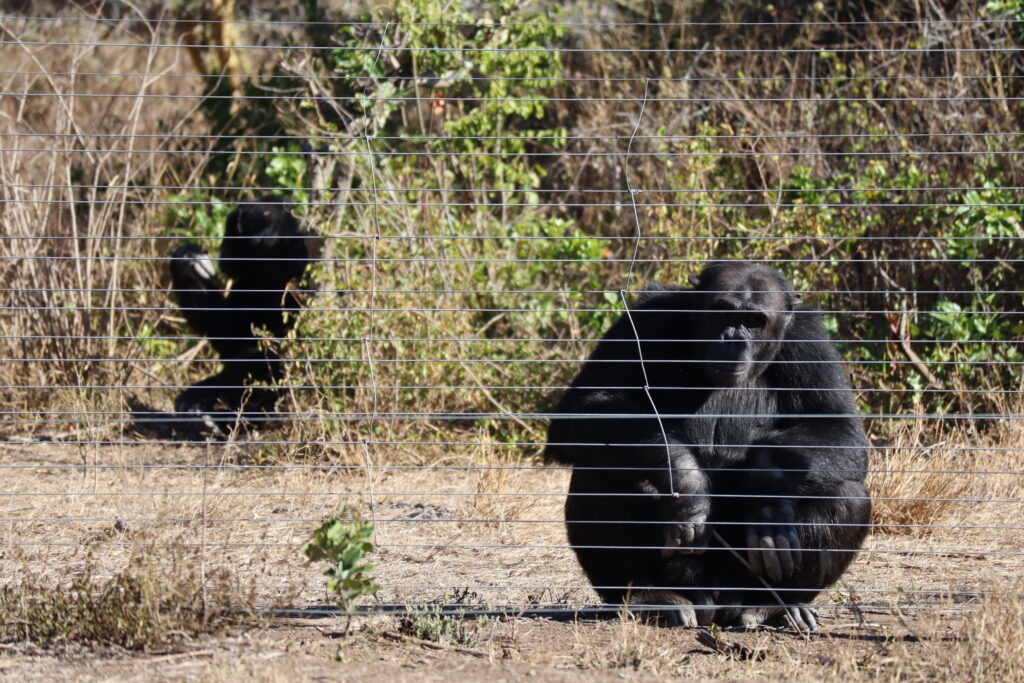

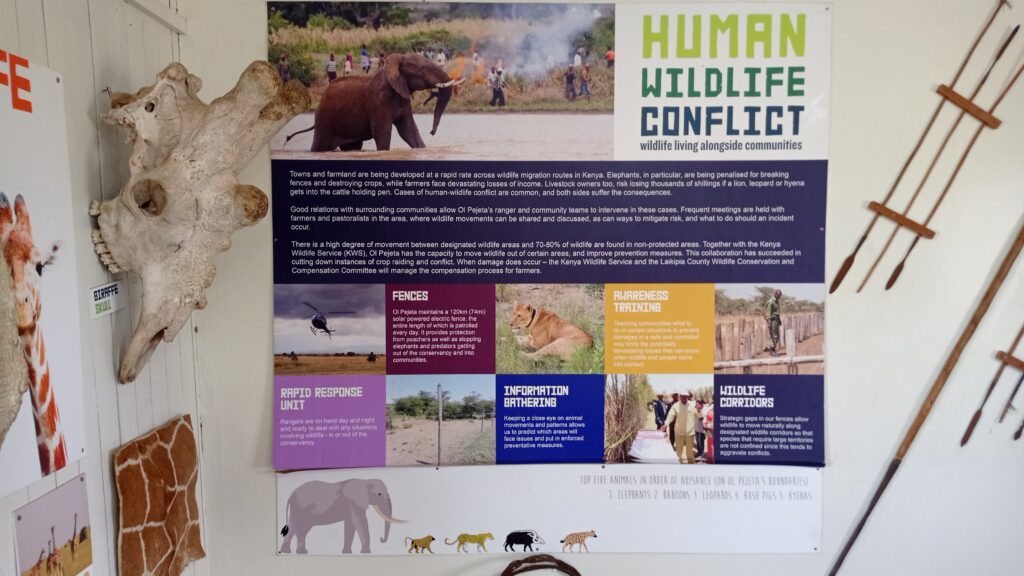
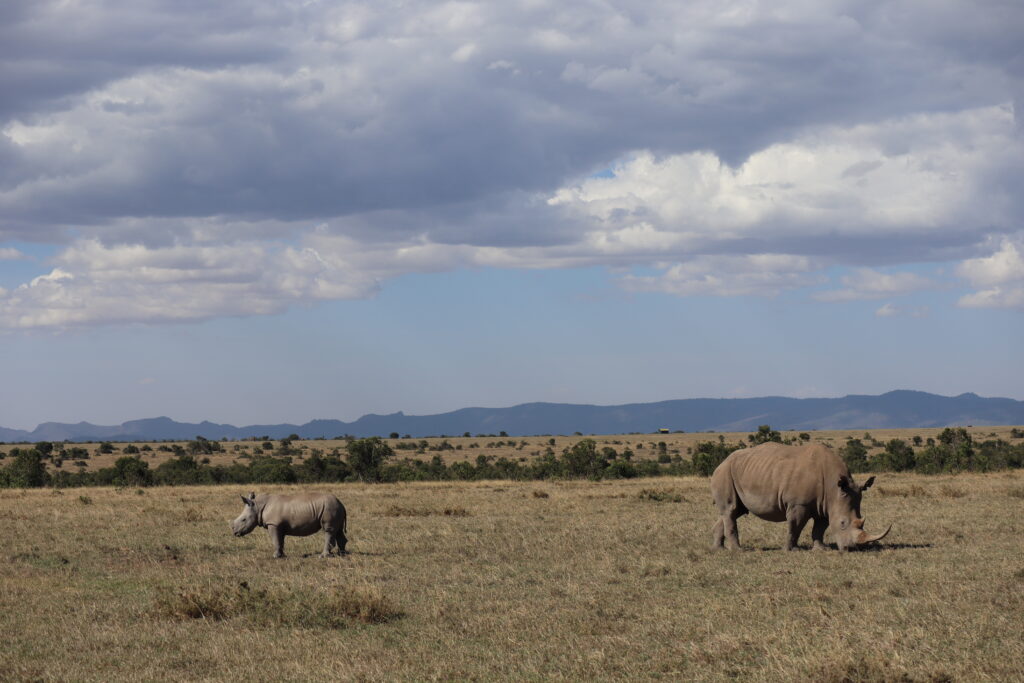

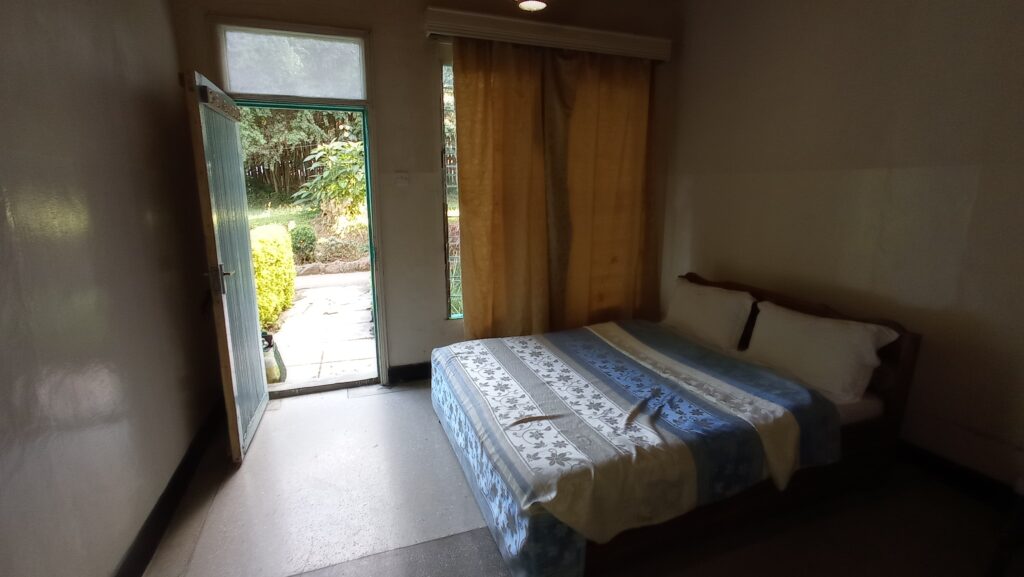
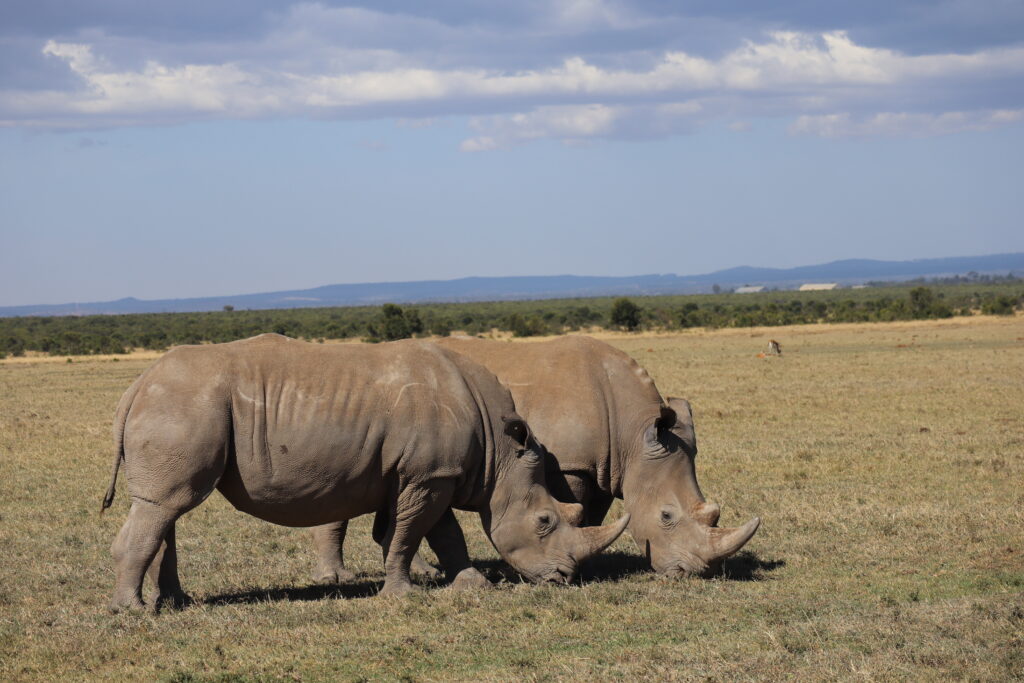
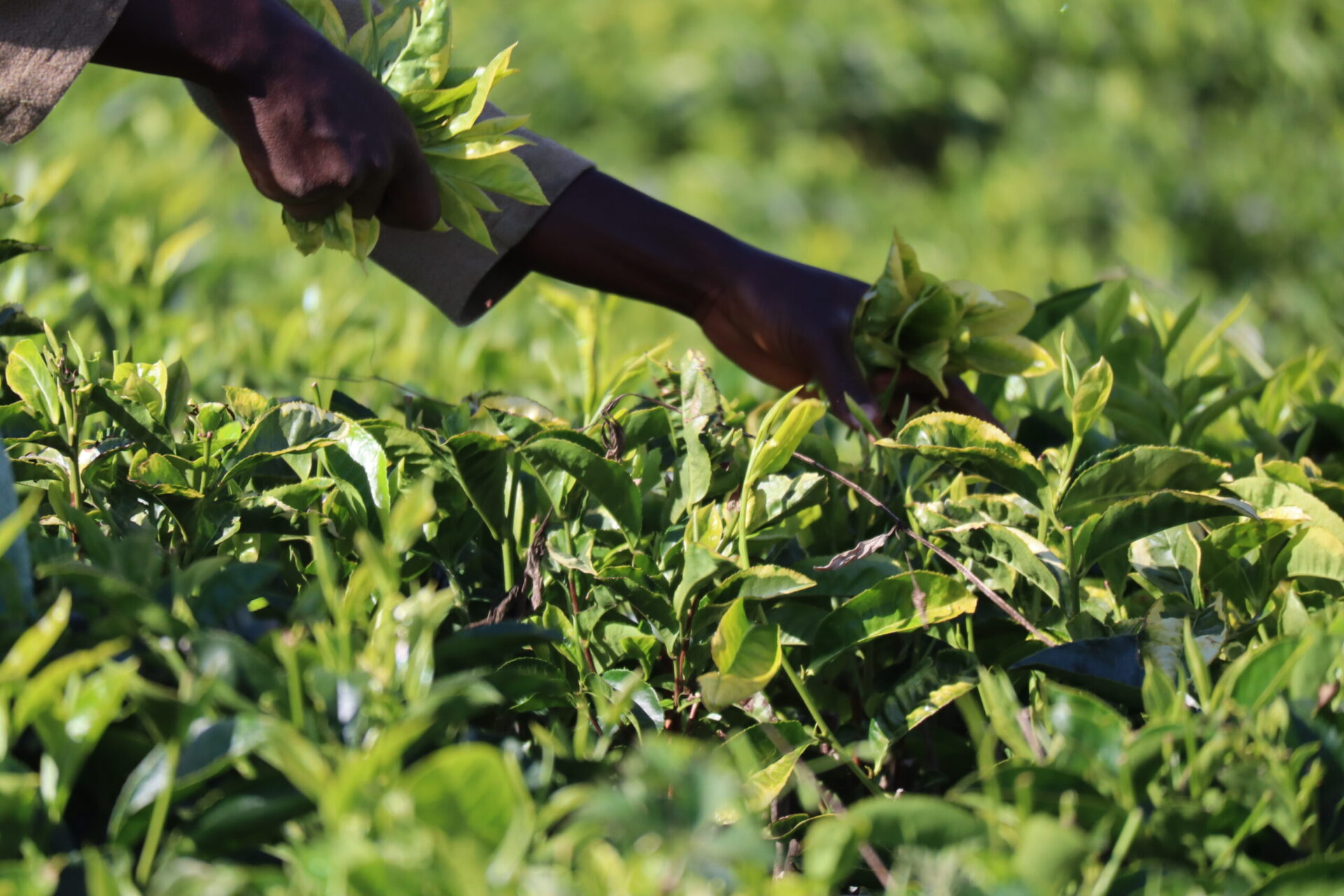
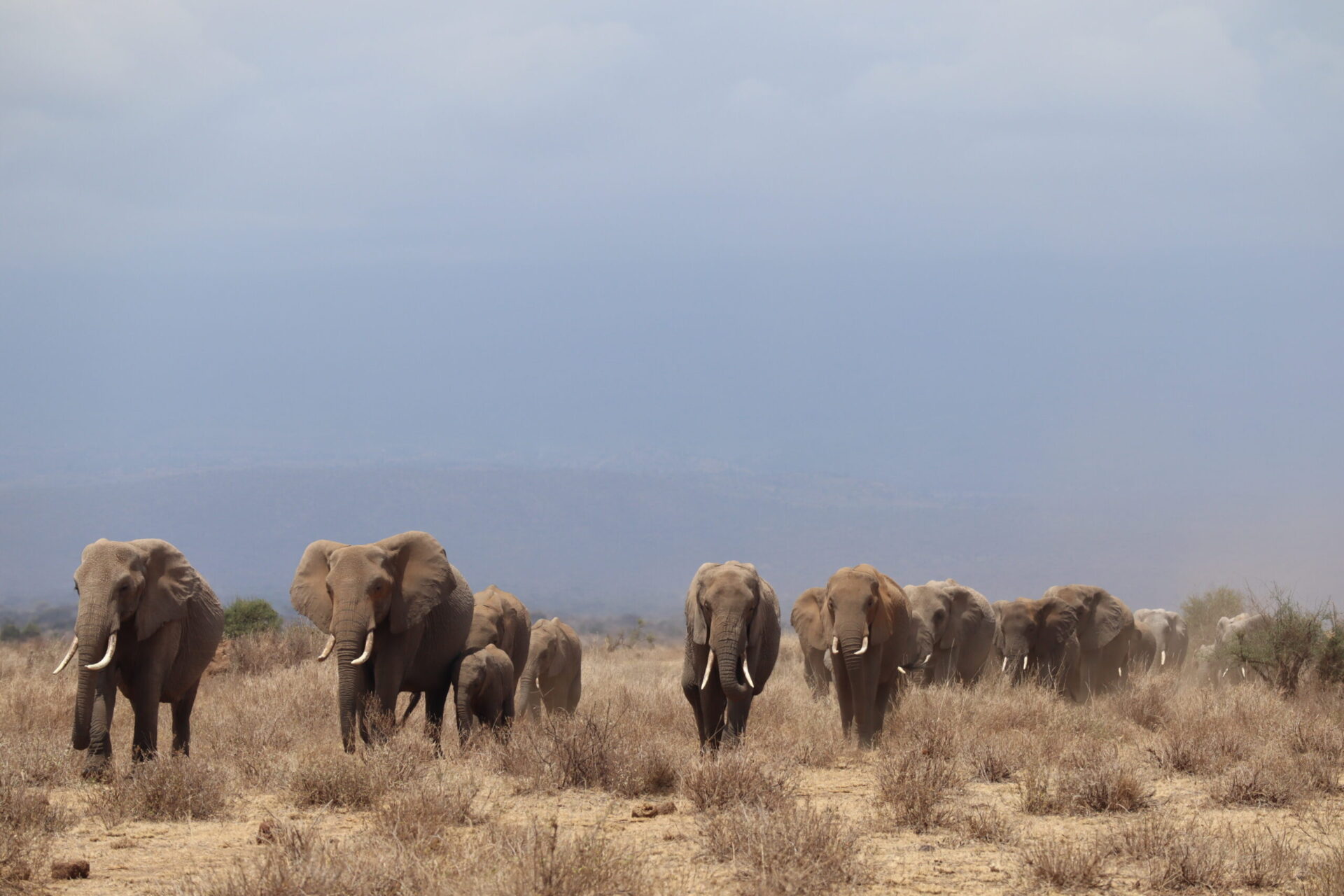

0 Comments